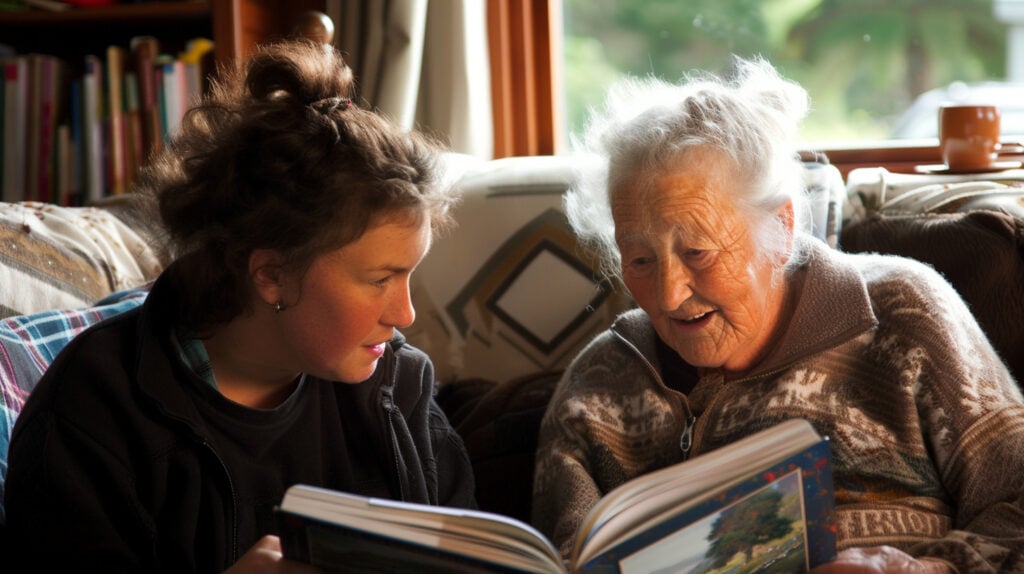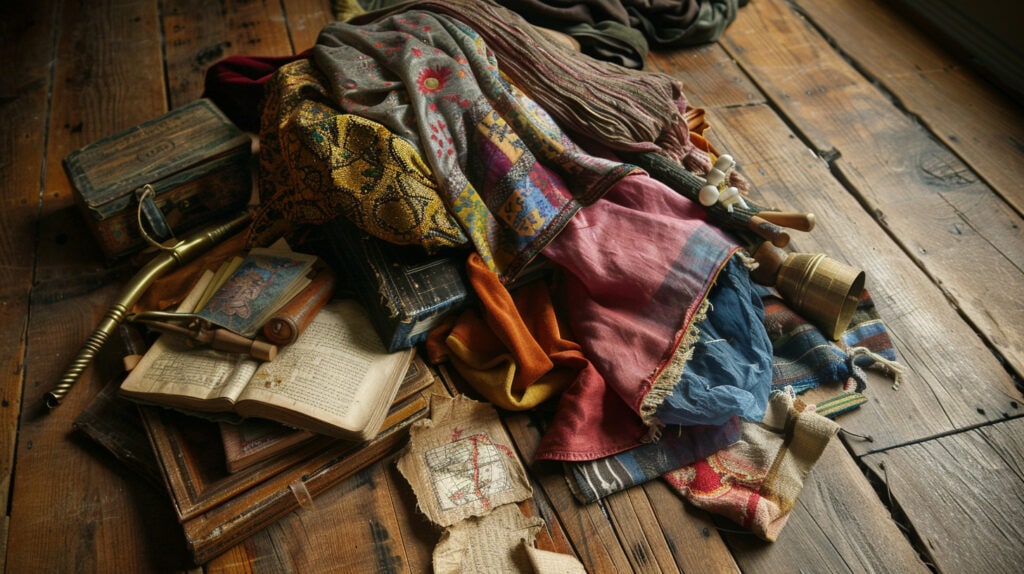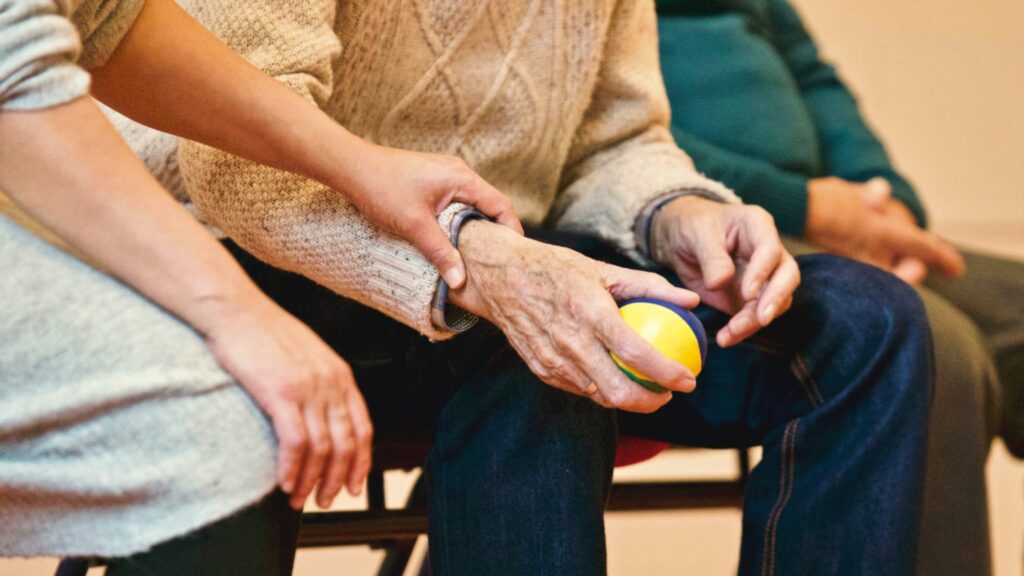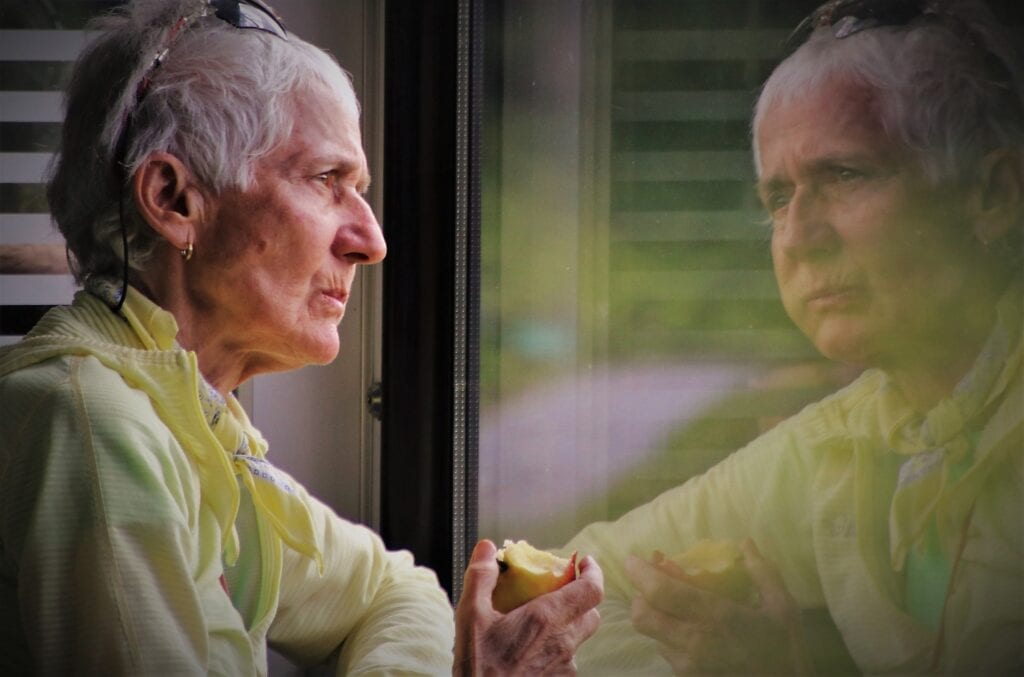Storytelling and dementia

Storytelling has always been a big part of any programme I offer, and it is especially beneficial when working with dementia patients. If you get the story right, it is a great calming tool, and it helps reduce anxiety and promote relaxation, especially for patients experiencing sundowning. It’s not fully known what triggers sundowning. Maybe it’s tiredness or just the change in light. Whatever it is, there can be a definite change in some dementia patients’ behaviour around sunset.
Sundowning is commonly experienced by people with Alzheimer’s or other forms of dementia. It refers to an increase in confusion, restlessness and agitation that commonly occurs late afternoon or early evening as the sun goes down, and can persist through the night.
Mrs C, for example, was perfectly content to wander around and join in activities for most of the day but in the evening she would become agitated, often refusing dinner or assistance with bedtime routine. Instead, she would pace the hall and always try to go out to the kitchen. I discovered that reading her a bedtime story would calm her at this time. I chose stories that she was familiar with, ones from her childhood. Maybe she associated them with bedtime stories she read to her children when they were little, or stories that were read to her as a child. They certainly had a calming effect and she would often retreat to her room after the story session.
Stories about what?
Dementia patients often struggle to remember recent events but still retain memories of their past. By telling stories with familiar elements, you can help stimulate these memories and trigger positive emotions. I always learn a little about my specific audience to include some familiar elements, but really, so many topics will be familiar to your patients. Topics such as well-known celebrities, events or household items from their era, transportation and holidays could spark their interest. You could include emotions they can relate to – love, joy and sadness, for example. Patients will often engage and share experiences after being prompted with stories.
Props and costumes
I use as many visual aids as possible, such as pictures, clothing and other objects, to support and enhance the story. Pictures and photographs, items of clothing, artefacts borrowed from your local museum or just items you have lying around can all be starting points for stories and anecdotes. It’s also an excellent chance to get those costumes out of the box – how many stories could you get from a box of hats?

Setting the stage
You need to select your story-telling space with some care to get the right atmosphere of comfort and focus. A place with suitable lighting, comfortable chairs and away from any other distractions is what you need. Also, consider the time of day and the routines of the home. You don’t want someone wandering in with a vacuum cleaner or the tea trolley half way through.
Sometimes you might be running a storytelling session with a group of patients, but sometimes it is just with one person at a time, trying to find something that resonates with them and makes a connection. You know you’ve got it right when the patient engages by asking questions or sharing personal experiences. It makes putting in some extra effort worth it.
Storytelling is such a powerful tool, something that is basic to human experience. Start your journey to improving your storytelling skills by enrolling in our course. Beginners guide – The Magic of Storytelling.






Responses